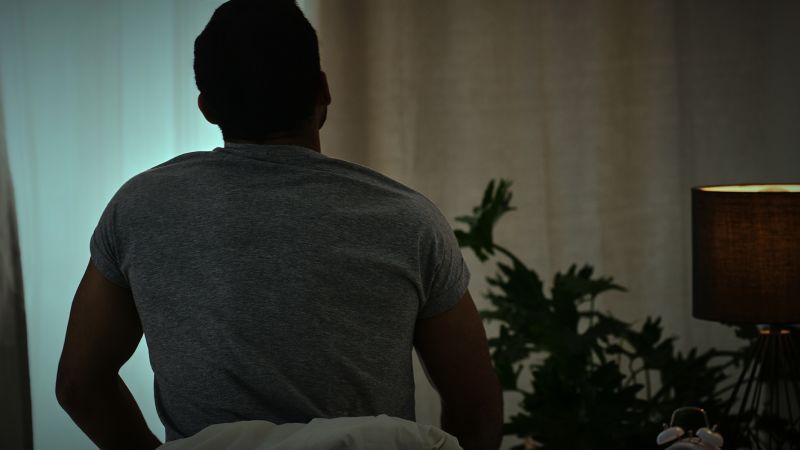In Paul Bogard’s book, “The End of Night,” the effects of artificial light on society and health are explored. Steven Lockley, a neuroscientist at Harvard Medical School’s Division of Sleep Medicine, explains that exposure to light at night is unnatural and can be disruptive to sleep. Many household electronics, such as surge protectors, televisions, headphones, and laptops, have bright indicator lights that cannot be turned off, causing a nuisance for those trying to sleep. The prevalence and brightness of these lights have increased over time, making it difficult for people to achieve the necessary darkness for restful sleep.
Kyle Moschen, a public relations professional in Seattle, faced a similar issue with numerous bright lights in his apartment disrupting his sleep. He resorted to covering the lights with black electrical tape to create a more conducive environment for sleep. Similarly, Jonathan King, a finance professional in New York, had to cover the indicator light on his headphones to avoid disturbances while trying to sleep. Retailers like Amazon stock blackout stickers and sheets that can help mitigate the issue of bright indicator lights in the bedroom.
The practical and aesthetic purposes of indicator lights vary between devices. LED lights are commonly used for indicators due to their energy efficiency and long lifespan. Blue LED light, in particular, can be disruptive to sleep but was a significant technological advancement in the 1990s. While some manufacturers incorporate indicator lights for aesthetic appeal and user experience, others opt to forego them for simplicity or cost-saving reasons. Legrand, a French electrical equipment manufacturer, uses indicator lights in its products for functional, aesthetic, and safety reasons, enhancing the user experience and providing subtle lighting in unfamiliar environments.
While indicator lights serve a purpose in reflecting the status of a device, they can also be disruptive to sleep and cause discomfort for individuals trying to rest. Finding creative solutions, such as covering the lights with tape or using blackout stickers, can help alleviate the issue of bright indicator lights in the bedroom. Manufacturers balance the practicality and design aspects of indicator lights, considering factors such as cost, user experience, and safety. Overall, the presence of indicator lights in household electronics highlights the ongoing tension between functionality and the need for a dark, sleep-friendly environment at bedtime.


